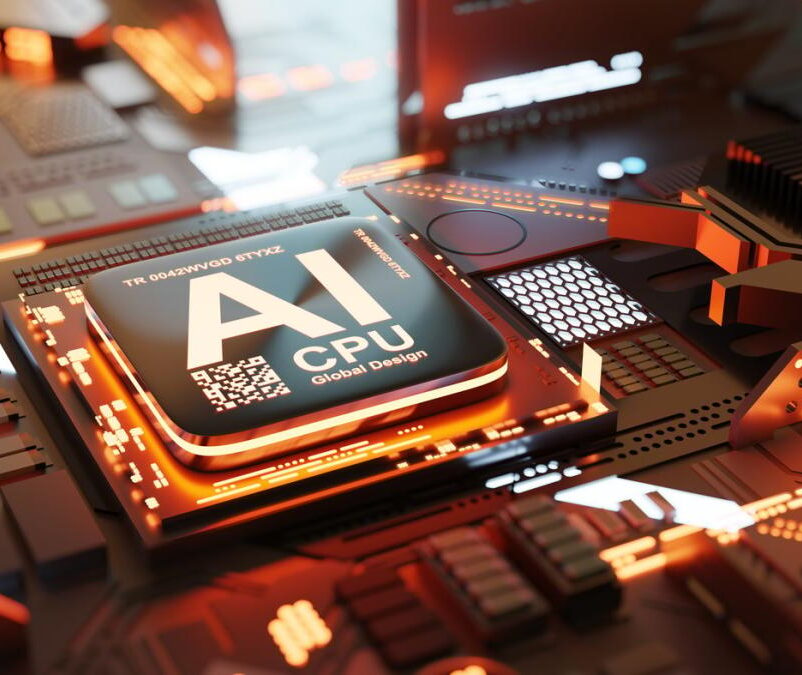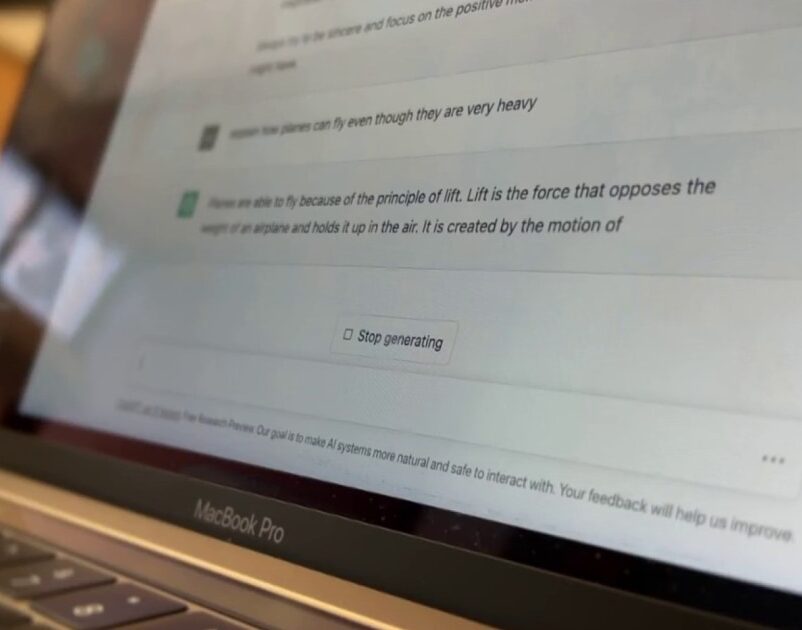
When a business first goes public, analysts and financial writers — myself included — race to read through the regulatory filings, which are often more than 100 pages long. Poring over the recent financial results, discerning the addressable market, and understanding where the company fits into the overall ecosystem are all puzzle pieces that help provide insight into the company’s future.
It’s that last piece that I got wrong when I first read up on Arm Holdings (NASDAQ: ARM) late last year. I fully understood the company’s dominance in providing central processing units (CPUs) to the smartphone industry but didn’t make the connection to how Arm would benefit from the tidal wave of demand in the field of generative artificial intelligence (AI). At the time, I wrote, “Arm Holdings is trying to cast itself as the next Nvidia — but wishing doesn’t make it so.”
Let’s take a look at the company, how I got it wrong, and what I believe it means for investors now.


A little background
In order to fully appreciate the opportunity at hand, it’s important to understand how Arm makes money. In its simplest form, the company creates the blueprints from which many of the world’s most popular CPUs are built. These designs form the intellectual property (IP) that drives Arm’s growth.
The vast majority of the company’s revenue comes from the licensing and royalties it receives from other businesses paying to use its designs. These processors are found in virtually every area of technology, including smartphones, tablets, personal computers, and smart TVs, as well as cloud computing, hyperscale computing, and data centers. Arm’s technology can also be found in smartwatches, thermostats, drones, and automobiles. The company notes that it controls a “significant proportion of all chips with embedded processors.”
The licensing segment provides licenses to use specific products and applications for a specified period of time. Because Arm licenses its technology to many companies, that gives it economies of scale — meaning it can license its designs at a cost that is lower than if these companies attempted to develop the same technology internally. In addition to licensing these designs, Arm is also paid a royalty, which can be a percentage of the average selling price (ASP) for each chip sold or a flat fee per unit.
Arm works hand-in-hand with its biggest customers, ensuring the chip designs meet exacting specifications, as these agreements historically extend for years and to multiple generations of future chips.
Where I got it wrong
When Arm first announced it was going public, I pored over the regulatory filings, looking to understand its edge. One statement stood out: “The CPU is vital in all AI systems, whether it is handling the AI workload entirely or in combination with a co-processor, such as a GPU or … [neural processing unit].” As I noted at the time, “This ignores the fact that the GPU does much of the heavy lifting, and there are plenty of CPU peddlers out there.”
And that’s where I got it wrong. Not fully understanding the pervasive nature of Arm’s IP — which is used by 70% of the world’s population, according to the company — I concluded that Arm would likely be an also-ran when it came to AI. Boy, was I wrong.
In a recent interview, CEO Rene Haas laid out the opportunity, and it was eye-opening. The current proliferation of AI has had a dramatic effect on the demand for Arm’s higher-end processor designs. For example, Haas cited Nvidia‘s (NASDAQ: NVDA) GH200 Grace Hopper Superchip — which marries accelerated CPU and GPU technology to meet the needs of AI — and uses a whopping 144 Arm version 9 (V9) CPU cores. It isn’t just Nvidia that’s loading up on Arm’s latest processor designs. Microsoft‘s (NASDAQ: MSFT) new AI server chips use more than 100 V9 processors. And that’s just two examples out of a multitude.
There’s more. Haas noted that many of its existing customers are shifting to the V9, which offers greater computing power and boasts twice the royalty rate of its predecessor, further boosting Arm’s fortunes. Smartphones, for example, will need to handle a certain amount of AI processing on the device, increasing the number of processing cores necessary and bolstering demand for higher-end CPUs.
Haas said companies are looking to “future-proof” their smartphones and other devices and are building in additional computing power to handle the rigorous demands of AI. Expand that beyond smartphones to connected TVs, smart doorbells, smart appliances, and automobiles, and the magnitude of the opportunity comes into view.
Eating crow
Nobody likes to eat crow, but I sure got Arm Holdings wrong. That became apparent when the company reported its recent financial results.
For its fiscal 2024 third quarter, Arm generated record revenue of $824 million, up 14% year over year, driven by license revenue that grew 18% while record royalty revenue climbed 11%. This pushed adjusted earnings per share (EPS) to $0.29, good for an increase of 32%.
However, it’s Arm’s remaining performance obligation (RPO) — which includes contractually obligated revenue that hasn’t yet been recognized — that really shines a light on the company’s future growth potential. In the third quarter, RPO climbed to $2.43 billion, up 38% year over year.
Management expects the company’s accelerating growth to continue. In the fourth quarter, Arm’s forecast calls for revenue in a range of $850 million to $900 million, which would be a 38% increase at the midpoint — well ahead of the third quarter’s 14% gain.
As a result of Arm’s growth spurt, the valuation may appear stretched by some measures — but not all. While the shares are currently selling for 1,677 times earnings and 44 times sales (as of this writing), that fails to take into account the company’s projected growth. When measured in terms of Arm’s forward price/earnings-to-growth (PEG) ratio, its reveals a valuation of less than 1 — the standard for an undervalued stock.
Now that I have a better understanding of the company’s potential, I plan to buy shares as soon as The Motley Fool’s trading rules allow. I believe that Arm has a bright future — and I don’t plan to miss out.
Should you invest $1,000 in Arm Holdings right now?
Before you buy stock in Arm Holdings, consider this:
The Motley Fool Stock Advisor analyst team just identified what they believe are the 10 best stocks for investors to buy now… and Arm Holdings wasn’t one of them. The 10 stocks that made the cut could produce monster returns in the coming years.
Stock Advisor provides investors with an easy-to-follow blueprint for success, including guidance on building a portfolio, regular updates from analysts, and two new stock picks each month. The Stock Advisor service has more than tripled the return of S&P 500 since 2002*.
*Stock Advisor returns as of February 12, 2024
Danny Vena has positions in Microsoft and Nvidia. The Motley Fool has positions in and recommends Microsoft and Nvidia. The Motley Fool recommends the following options: long January 2026 $395 calls on Microsoft and short January 2026 $405 calls on Microsoft. The Motley Fool has a disclosure policy.
I Was Dead Wrong About Arm Holdings and Its Artificial Intelligence (AI) Prospects. Here’s Why. was originally published by The Motley Fool



